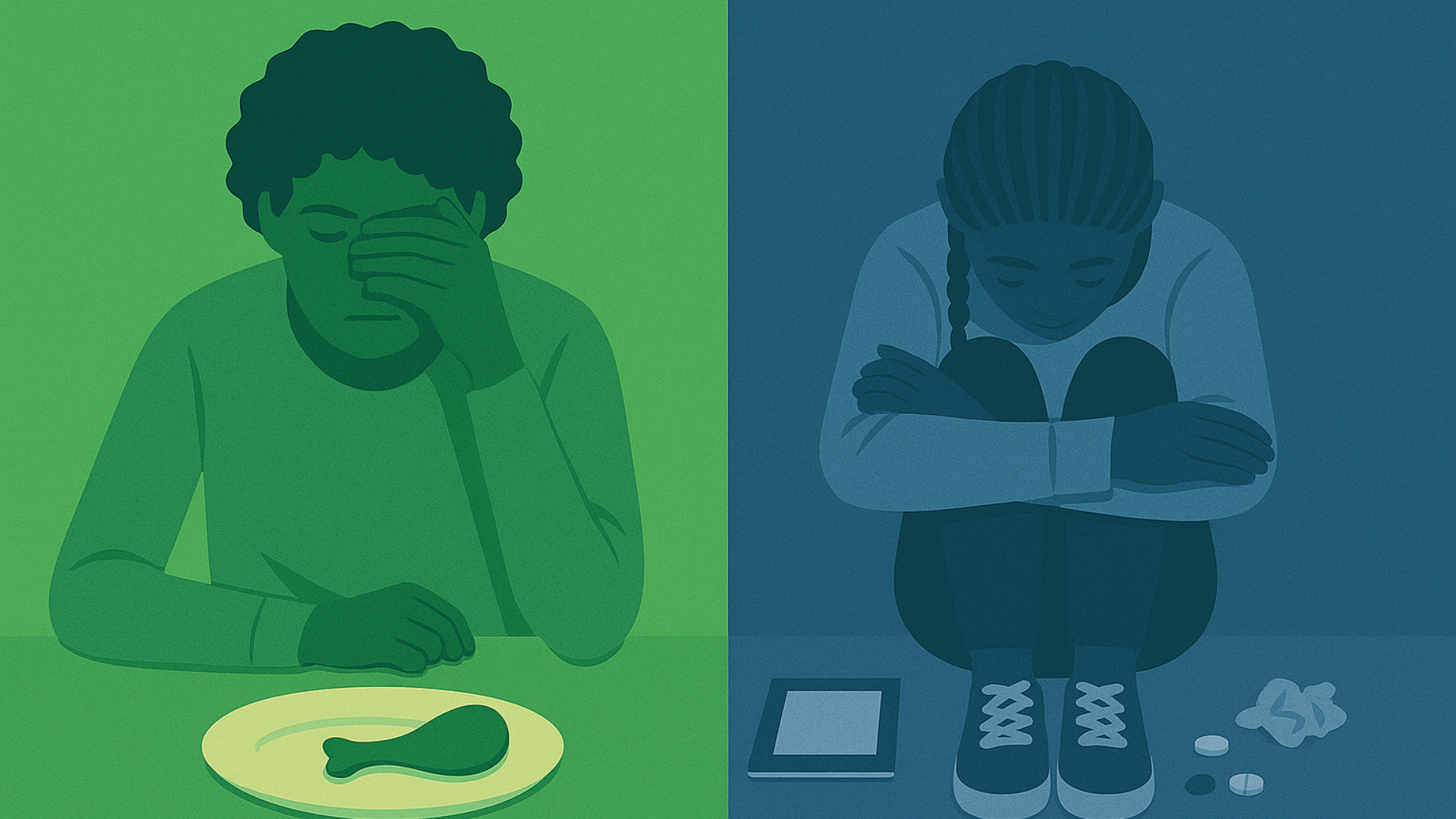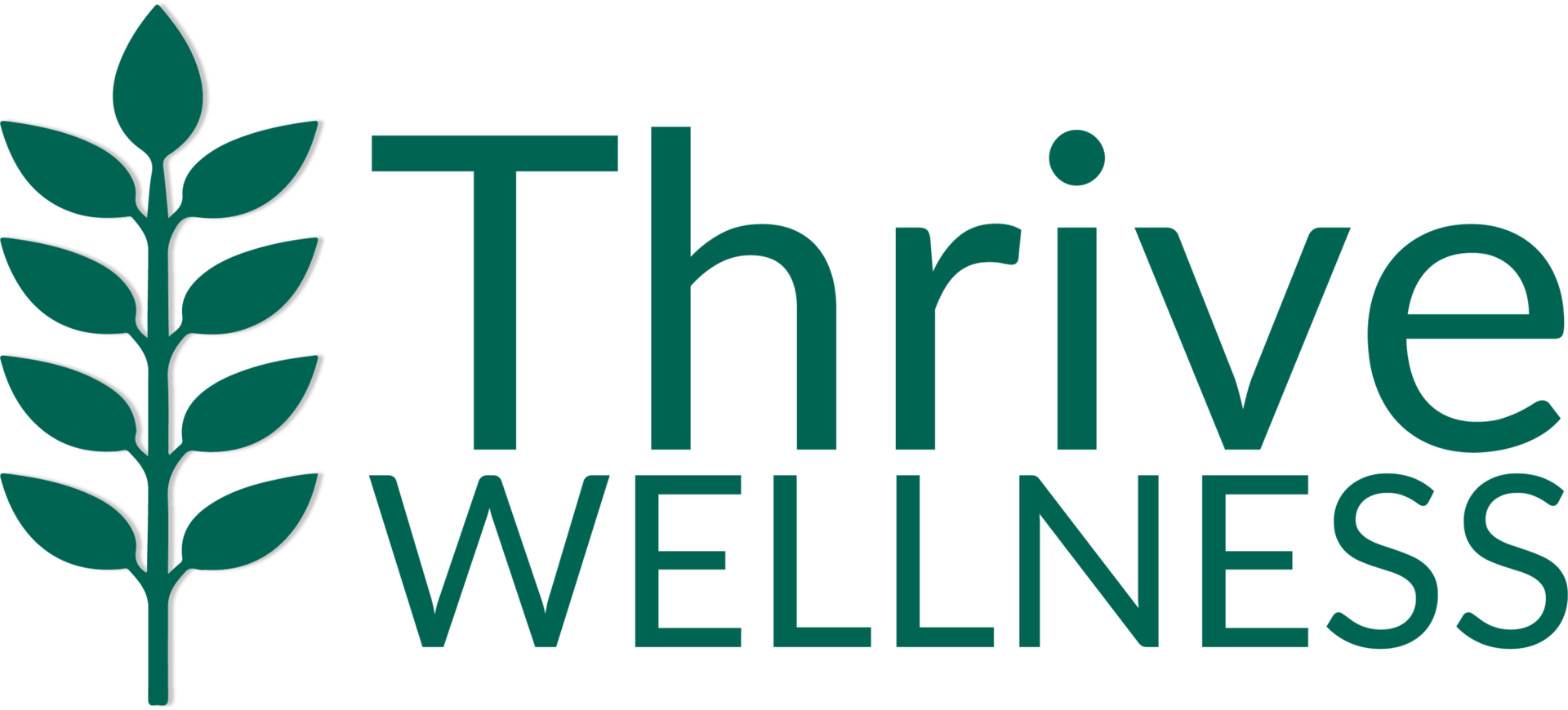Defining an Eating Disorder Treatment Team at Thrive Wellness: Comprehensive, Collaborative Care

By Thrive Wellness Reno’s Lead Case Manager Amanda Dudley
Based on the principle that mental, physical, and behavioral health are interconnected. Thrive Wellness takes an integrated approach to treating eating disorders as with all of our health care services . By appointing a unified eating disorder treatment team for every client, individuals struggling with eating disorders receive multi-faceted, personalized care that treats the root cause(s) of their conditions and all aspects of their well-being. Learn more about what an eating disorder treatment team is and how it works in the below Q&A with Thrive Wellness Reno’s lead case manager, Amanda Dudley.
*While all Thrive Wellness locations offer interdisciplinary eating disorder treatment and coordination of care, the following describes a treatment team at Thrive Wellness Reno specifically.
What is an eating disorder treatment team at Thrive Wellness?
At Thrive Wellness, each client has their own treatment team which involves clinical, medical, nutritional, therapeutic, and administrative specialists who work together to provide targeted, connected care that promotes entire well-being. By involving an interdisciplinary team of specialists, we target every aspect of an eating disorder collaboratively and comprehensively.
Who makes up a treatment team and what role does each specialist play?
At Thrive, a client’s clinical treatment team typically includes:
- Clinical lead: A licensed provider who interacts with clients daily, the clinical lead facilitates therapeutic groups throughout the week, hosts individual therapy sessions, provides psychoeducation sessions to families, and supports recovery coaches.
- Psychiatrist: Collaborating with the client’s therapist, the psychiatrist helps treat any mental health concerns possibly through medication and additional therapy.
- Individual therapist: During weekly sessions, the therapist guides the client in meeting their recovery goals. The therapist may also offer family-based sessions that involve the client’s support system.
- Internal medicine provider: By reviewing weekly nursing assessments and lab work, the internal medicine provider gains insight into potential malnutrition and monitors the client’s medical needs. Ultimately the internal medicine provider keeps the client medically safe as they recover from the physical harms brought on by the eating disorder.
- Nurses and medical assistants: Providing ongoing medical monitoring, nurses and medical assistants check the client’s weight, assess their vital signs, and observe the client during physical activity. Nurses and medical assistants also offer real-time information to the internal medical provider regarding the client’s medical status.
- Registered dietitian (RD) or registered dietitian nutritionist (RDN): As they work with the client to understand their energy and nutrient needs, the dietitian guides them in re-nourishing their body and mind. The dietitian helps ensure that the client integrates a variety of foods from multiple food groups into their diet, while carefully offering physical activity recommendations to encourage a peaceful relationship with movement .
- Occupational therapist : The occupational therapist begins with an assessment of any physical, environmental, mental, and cognitive factors that may be limiting the client. Supporting the client in overcoming obstacles to daily living, the occupational therapist promotes recovery through engagement in activities such as self-care, grocery shopping, meal preparation, recreation, and participation in school or work.
- Case manager or behavioral healthcare manager (BHM): The client’s main point of contact, the case manager or BHM manages the flow of information between clients, families, and providers. The BHM relays any concerns the client or their family may have to their treatment team and vice versa. After the weekly treatment team meeting, the BHM updates the client on each facet of their treatment.
- Group leaders: These individuals host therapeutic groups that incorporate treatment modalities such as cognitive behavioral therapy (CBT) and dialectical behavioral therapy (DBT) , as well as cover topics such as mindful movement , intuitive eating , recovery maintenance, family dynamics, and practical life skills.
- Recovery coaches : Recovery coaches help clients challenge eating disorder thoughts and behaviors in real-time. If they notice a client struggling during a meal, recovery coaches offer feedback, advice, and encouragement. The recovery coaches also aid in implementing the treatment plan the client develops with their therapist, dietitian, and psychiatrist.
- Business office director : The business office director ensures that the client understands the cost of treatment and how their insurance plan allocates funds for treatment.
- Utilization review director: By relaying clinical and medical information to the client’s insurance company, the utilization review director works to ensure the client’s insurance financially contributes to their treatment costs.
How does an eating disorder treatment team at Thrive Wellness facilitate a client’s treatment?
Once a week the client’s treatment team meets to discuss topics such as:
- Client progress: Such as whether they’re completing their meals and snacks, engaging in eating disorder behaviors, and participating in therapy groups.
- Where more care is necessary: Areas where the client may need continuing or additional support, such as increased psychiatric care or nutritional counseling.
- Client requests: Any direct feedback the client or their family offers.
- Medical information: The client’s medical information contained in their lab tests and nursing assessment.
- Mindful movement readiness: Whether the client is medically and clinically able to participate in mindful movement . A client must be medically healthy and clinically able to stay mindful and responsible with movement rather than using it as a way to “compensate” for food intake.
From there, the team makes recommendations to share with the client. Team recommendations may include:
- Level of care change: Depending on a client’s progress, the team may suggest moving a client to a partial hospitalization program (PHP), intensive outpatient program (IOP) , or outpatient program.
- Family therapy sessions: The team may recommend therapy sessions that involve the client and their support system as needed.
- Medical testing: The team may order assessments to monitor client health such as an electrocardiogram (EKG) to check for heart conditions .
- Mindful movement therapy groups: When the client is ready, mindful movement therapy groups that offer expertly-guided gentle movement may be implemented into their treatment programming.
- Self-portioning of food: When a client begins treatment, the staff typically plates their food to help the client learn appropriate portion sizes for their energy needs. As the client progresses, they’re able and encouraged to plate their own meals.
- Parent coaching sessions: Held by the clinical lead, parent coaching sessions provide a client’s support system with psychoeducation around eating disorders and strategies they can implement to promote their loved one’s recovery. The client isn’t usually present for these sessions in order to broach sensitive topics pertinent to the client’s support system but that may be confusing, distressing, or triggering to the newly in-recovery individual.
How does integrating an interdisciplinary team into eating disorder treatment benefit clients’ recovery?
Eating disorders are complex. A team of specialists from different fields with an array of skill sets allows for a synergistic approach to treating eating disorders. Together, team members can apply the latest evidence-based treatment strategies while conceptualizing efficient and effective paths to the client’s recovery.
INTEGRATED EATING DISORDER TREATMENT AT THRIVE WELLNESS
Thrive Wellness offers part-time and full-time treatment options to individuals struggling with eating disorders including anorexia, bulimia, and binge eating disorder . Emphasizing clinically proven treatment modalities, gentle nutrition , intuitive eating , mindful movement , and comprehensive wellness, our treatment programs guide clients to deeply rooted healing that empowers them to flourish. To learn more about eating disorder treatment at Thrive Wellness, reach out .
About the Author
Thrive Wellness Reno’s Lead Case Manager Amanda Dudley
Amanda Dudley received her undergraduate degree in human development and family studies and her master’s level early childhood special education endorsement from the University of Nevada, Reno. For over ten years, Amanda worked with children and their families, providing educational and advocacy services both within family homes and in the classroom.
Upon joining Thrive Wellness Reno amid the Covid-19 pandemic, Amanda developed and managed an educational wellness program that provided educational and emotional support to children and their families while navigating the nuances of virtual schooling during the 2020/2021 school year. Next, she built and led the case management program and provided case management services for clients in Thrive’s eating disorder and perinatal mental health day treatment programs for over two years before becoming the chief of staff.
When she isn’t working hard to support Thrive Reno’s clients and staff, Amanda enjoys reading, watching reruns of “Friends” and “New Girl,” sipping iced lattes in local coffee shops, and exploring the outdoors with her husband, son, and their two sweet golden retrievers.
The post Defining an Eating Disorder Treatment Team at Thrive Wellness: Comprehensive, Collaborative Care first appeared on Thrive Wellness.








